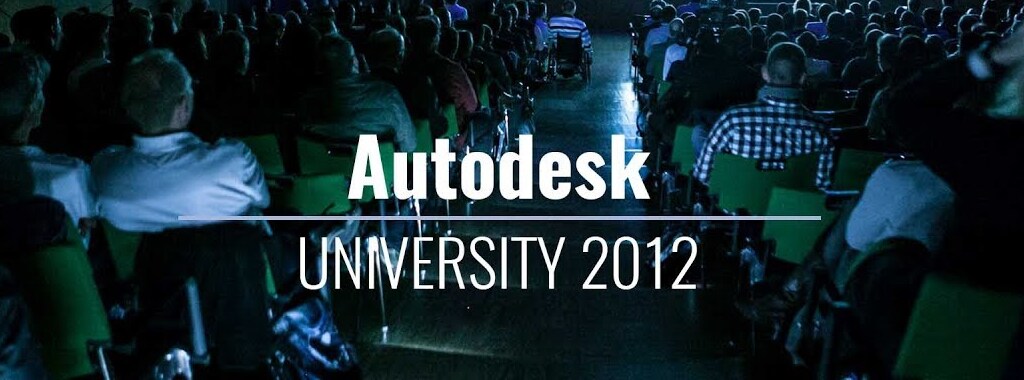Autodesk University is an annual conference focused on keeping the design community up to date on the latest innovations, trends and technologies in design, drafting and visualization. Last year, Autodesk University was held in Las Vegas the week after Thanksgiving. Sadly, events always seem to conspire to prevent me from going to Vegas, but Simpson Strong-Tie was well represented by Frank Ding, our Engineering Analysis & Technical Computing Manager.
It was an exciting time attending my first Autodesk University in 2012. I have been to so many technical conferences during my professional career, but this one was quite different in scale, and the sheer size of it just blew me away. There were more than 8,000 attendees from 102 countries, more than 750 classes offered, and 163 exhibitors. I was impressed by the organization of such a large event, along with the online and mobile apps provided to help attendees manage their conference schedules.
My past impression of Autodesk was only limited to AutoCAD for 2D modeling. Now it has more than 40 SKU’s of different design software for use in the architecture, engineering, construction, manufacturing, media and entertainment industries.
Highlights of the conference, from my perspective, include:
- 3D Printing
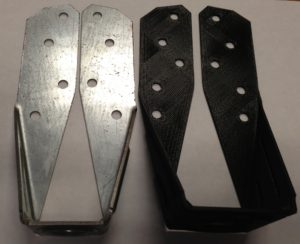
3D printing was the dominant theme in the manufacturing exhibit area. I was amazed by how affordable this rapid prototyping technology has become; some of the tabletop models cost only about $2,000.
Currently, most of the parts produced by 3D printing are plastic parts, but new possibilities are on the horizon with advanced material technology. As pointed out in the keynote speech, “The Third Industrial Revolution: Computerized Manufacturing,” by Christine Furstoss, GE Technical Director, 3D printing additive manufacturing technology epitomized the changes brought about by digital manufacturing. In the future, we will probably see some auto and aircraft parts directly produced by 3D printing, or even a whole new house “printed” by 3D printing. Your imagination is the limit.
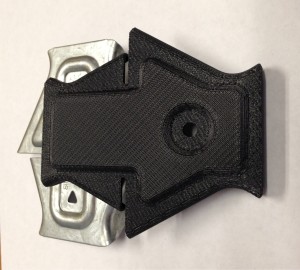
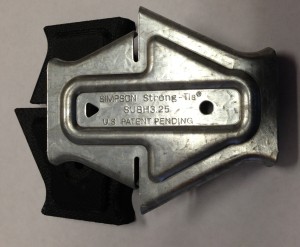
- The Cloud
Cloud computing is driving much of Autodesk’s product development today. Autodesk PLM 360 is one of the first cloud-based Product Lifecycle Management (PLM) tools on the market. Investigating software to document and store everything that went into a product’s development – material specifications, product testing, calculations, modeling, drawing revisions, customer feedback, product literature – was my main goals this year.
Autodesk announced the coming release of Autodesk Fusion 360. With Autodesk Fusion, all major CAD/Simulations/PLM tools provided by Autodesk will be cloud-enabled. This is a model where software will no longer be sold as a product, but sold as a service (SaaS: Software as a Service). For end users, we’ll no longer need to worry about software upgrades or IT support for server hardware and software.
- Simulation
Autodesk’s push into the simulation tools market was obvious at this conference. Because of my background, I attended some of the seminars in this area. FEA-based or CFD-based analysis tools have become more accessible to designers with the advancement of 3D CAD/Simulation integration technology and its ease of use. Simulation software helps you understand the implications of design choices as you make them. With simulation-driven design, designers and engineers can perform simulations early in the design and engineering process to investigate behavior, test innovative concepts, and optimize designs before manufacturing or construction. That’s why simulation has become an indispensable tool for competitive advantage and for delivering better designs faster.
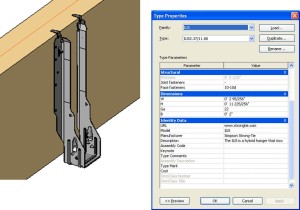
Topics on BIM technology and Revit were also interesting. But what I liked the most was the networking opportunity the conference provided. Whether at seminars, exhibit floors, or lunch tables, you could always find people who shared your passion to use software tools for daily design problems.

I also got a nice digital caricature of myself from the event. The caricaturist created it on an iPad within five minutes using Autodesk SketchBook. He has an amazing skill.
How do you keep up with changes in technology that drives your business? Let us know by posting a comment.
– Paul (and Frank)
What are your thoughts? Visit the blog and leave a comment!



